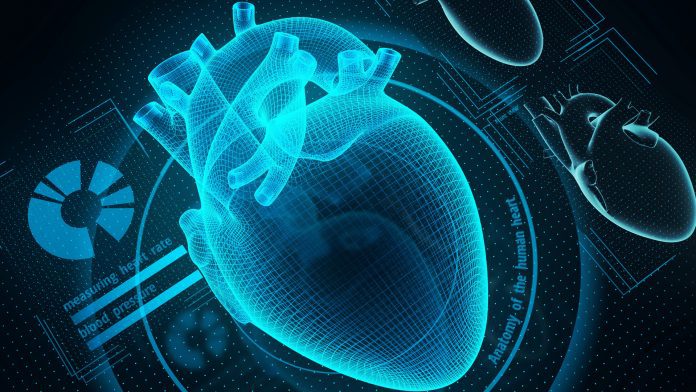
In a potentially groundbreaking advancement for heart health, a research team has developed an Artificial Intelligence (AI) tool that can predict early signs of a heart attack.
Developed by a team at Cedars-Sinai, the novel AI technology can accurately forecast early signs of a heart attack, predicting which patients will experience a heart attack in five years based on the level and composition of plaque in arteries that supply the heart with blood.
The findings of the team’s research, which was funded by the National Heart, Lung, and Blood Institute, are published in The Lancet Digital Health.
Measuring coronary plaque
When plaque builds up, it can result in a narrowing of the arteries, making it more challenging for blood to be transported to the heart, which increases the chances of a heart attack. Traditionally, health professionals employ a medical test called coronary computed tomography angiography (CTA) to capture 3D images of the heart and arteries, which gives the doctors an estimate of how much a patient’s arteries have narrowed. However, until now, there has not been an efficient, automated, and rapid method for measuring the plaque shown in the CTA images.
Damini Dey, PhD, director of the quantitative image analysis lab in the Biomedical Imaging Research Institute at Cedars-Sinai and senior author of the study, commented: ” Coronary plaque is often not measured because there is not a fully automated way to do it. When it is measured, it takes an expert at least 25 to 30 minutes, but now we can use this program to quantify plaque from CTA images in five to six seconds.”
Forecasting heart attack risk with AI
To create their AI tool, the team examined CTA images from 1,196 people who underwent a coronary CTA at 11 sites in the United States, Australia, Germany, Scotland, and Japan. The researchers trained the AI algorithm to measure plaque levels by having it learn from coronary CTA images from 921 individuals whose images were already confirmed by qualified doctors.
The AI tool predicts early signs of a heart attack by first outlining the coronary arteries in 3D images, later locating the blood and plaque deposits within the arteries. The research confirmed that the AI tool’s measurements correlated with the plaque amounts observed in coronary CTAs.
Next, they matched the results with images taken by two invasive tests – intravascular ultrasound and catheter-based coronary angiography – which are known to be extremely accurate at assessing coronary artery plaque and narrowing.
Furthermore, the team also discovered that the measurements taken with the AI algorithm from CTA images accurately identified signs of a heart attack, predicting 1,611 people’s heart attack risk for the next five years who were part of the SCOT-HEART trial.
Dey said: “More studies are needed, but it’s possible we may be able to predict if and how soon a person is likely to have a heart attack based on the amount and composition of the plaque imaged with this standard test.”
The team is now continuing to investigate the performance of their AI algorithm at quantifying plaque deposits in patients who undergo coronary CTA.









